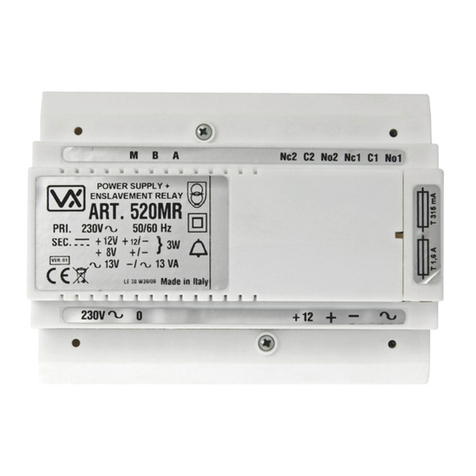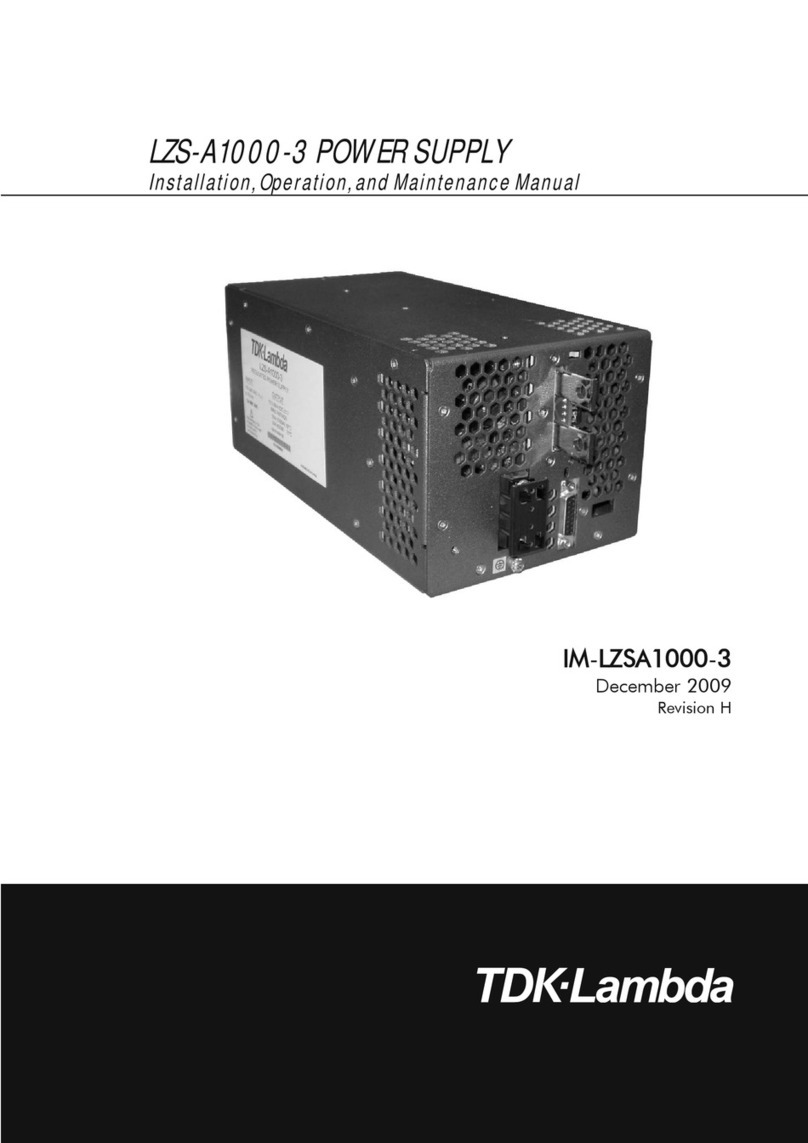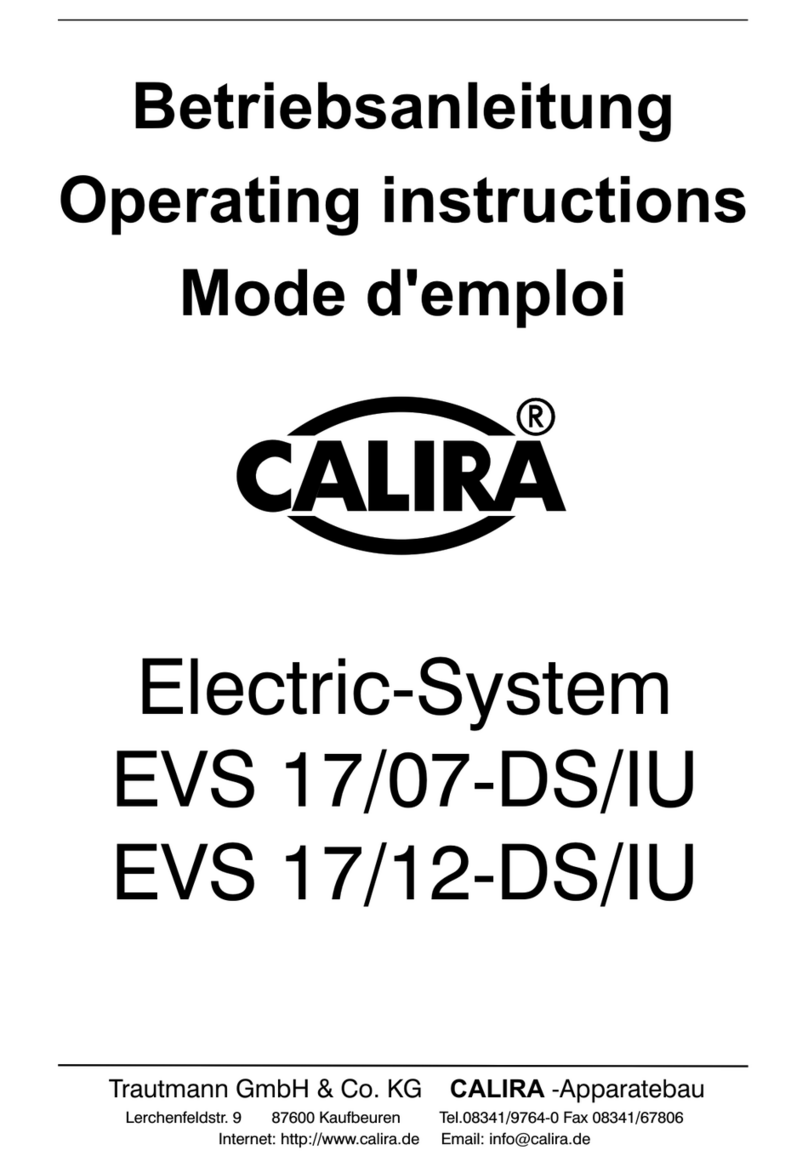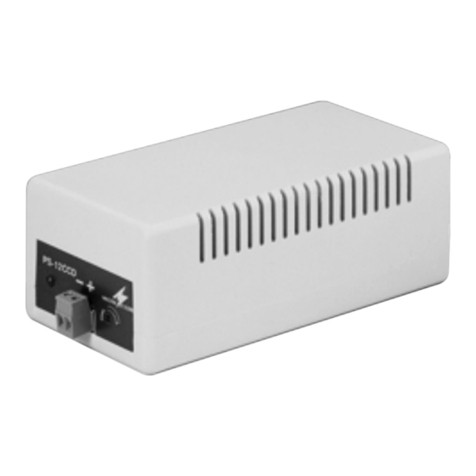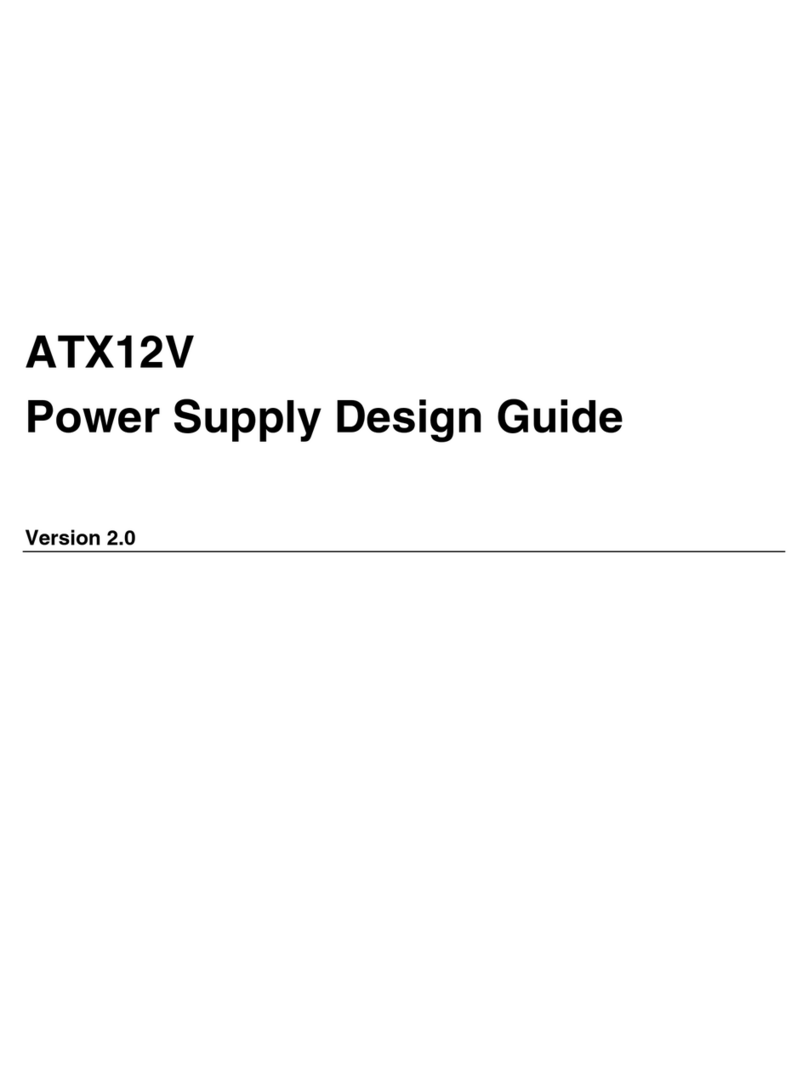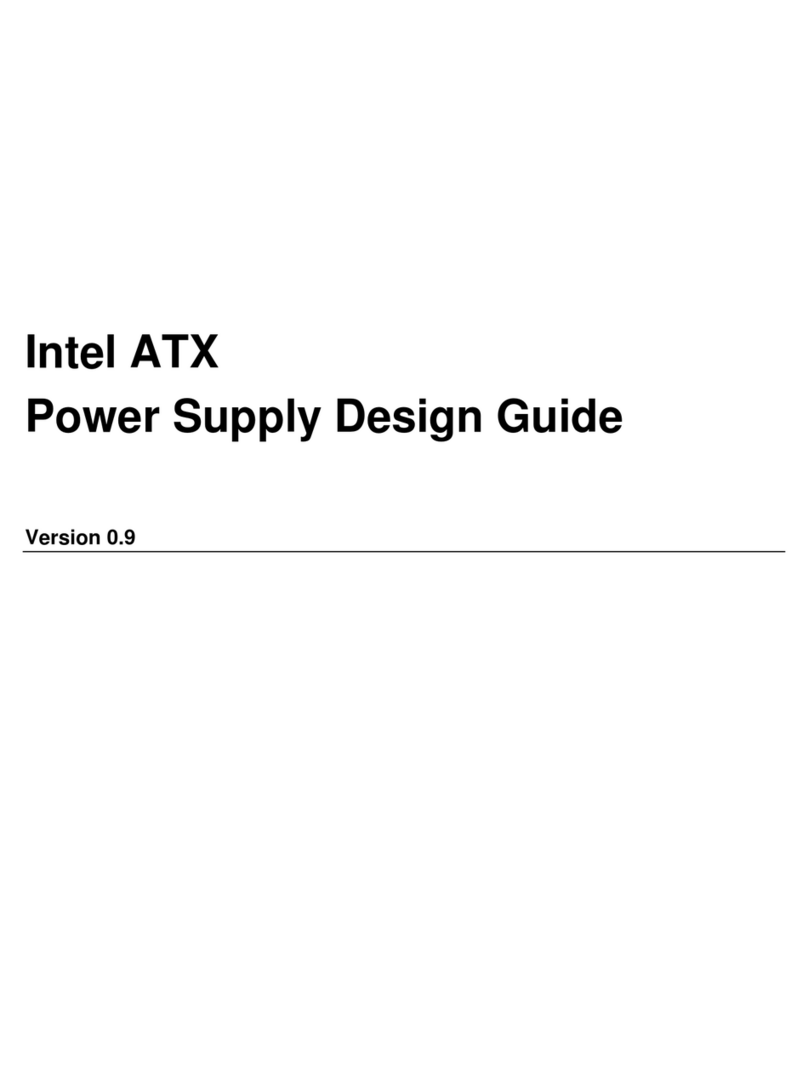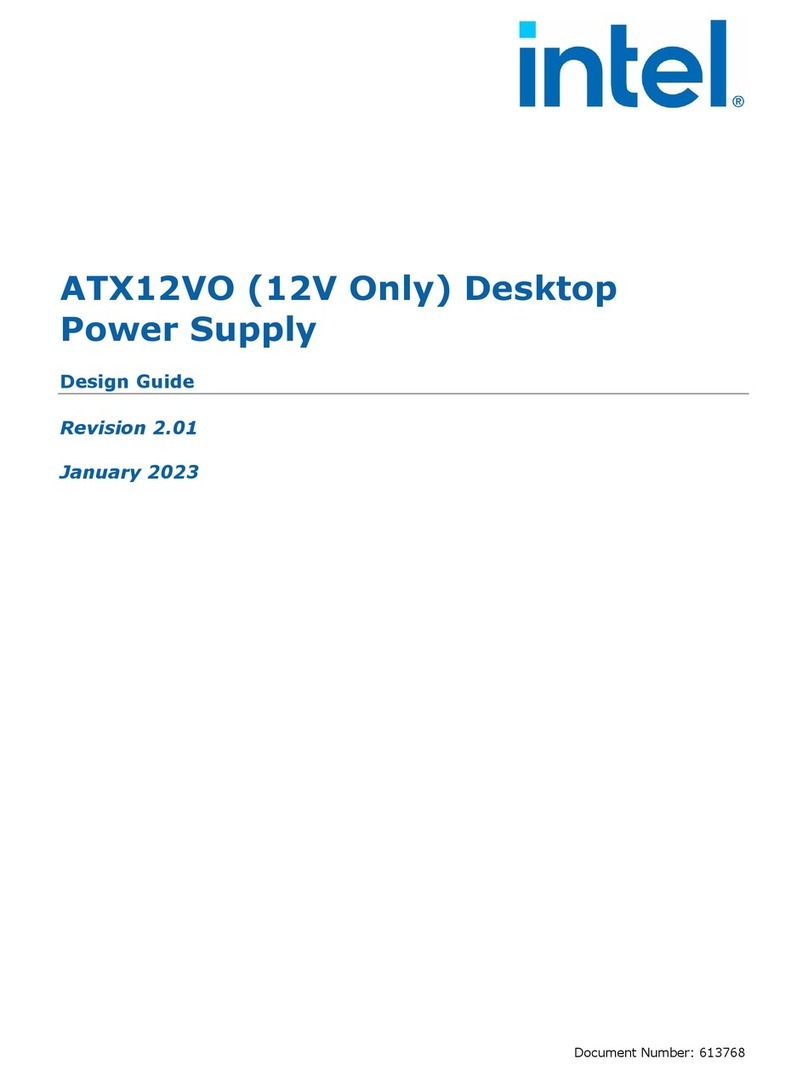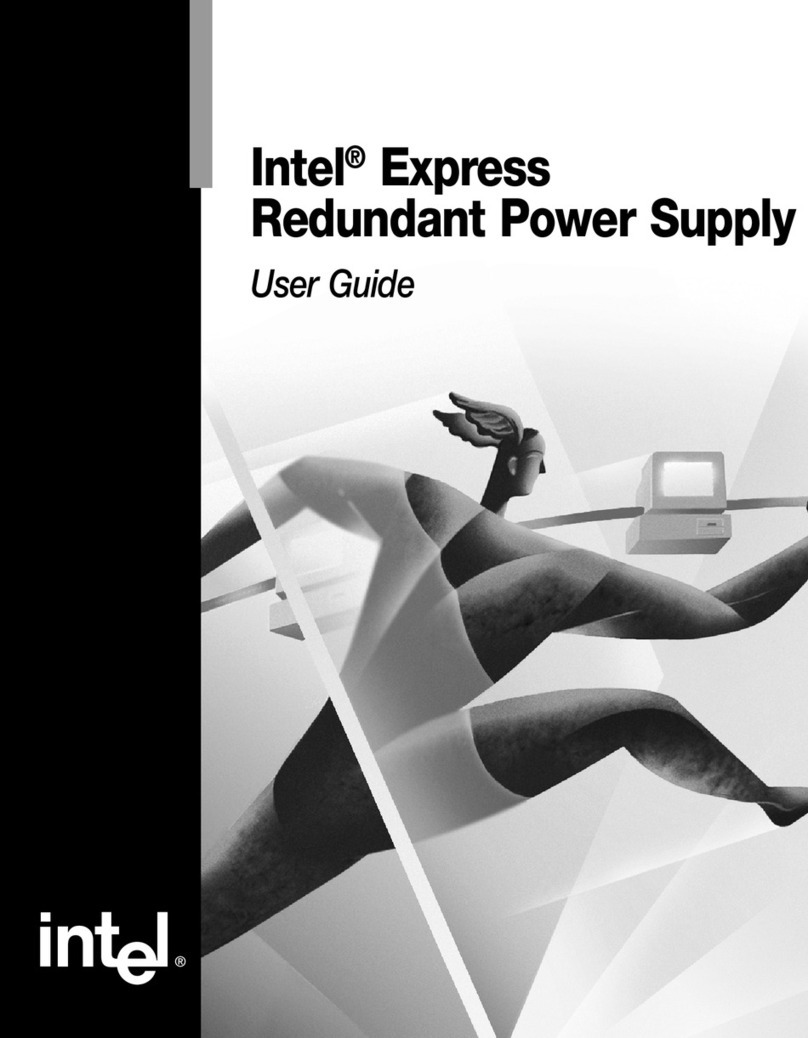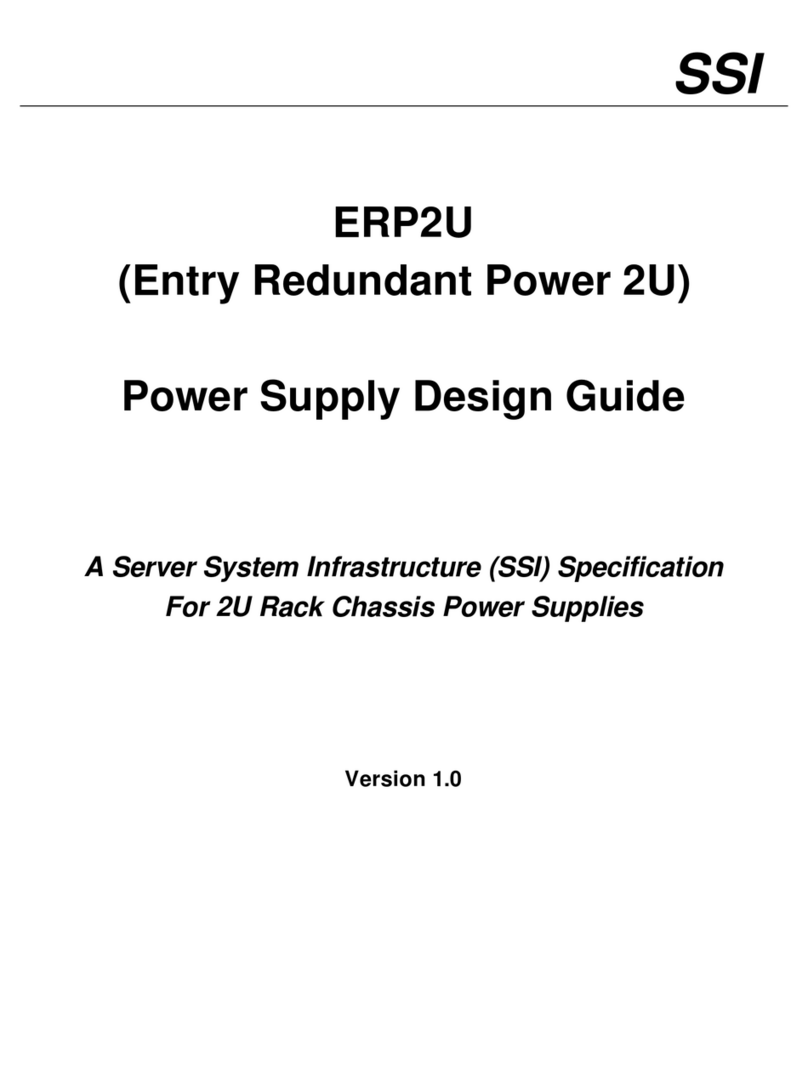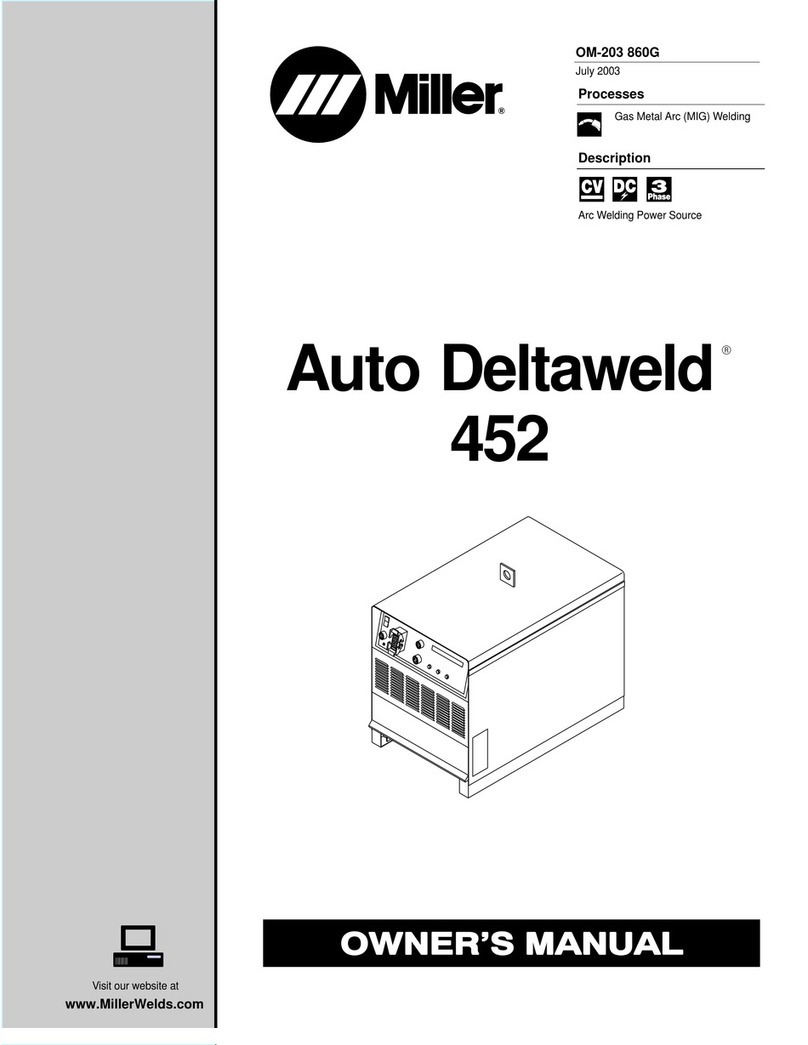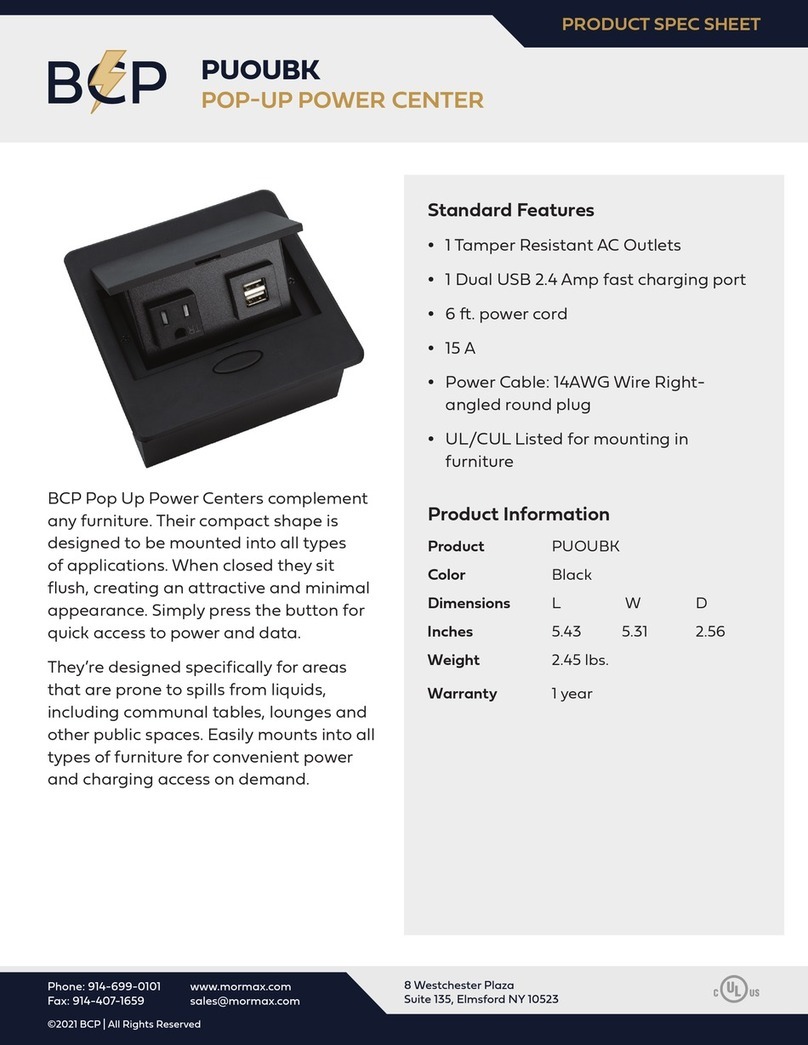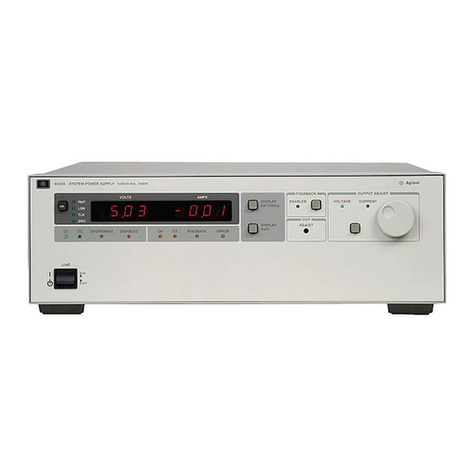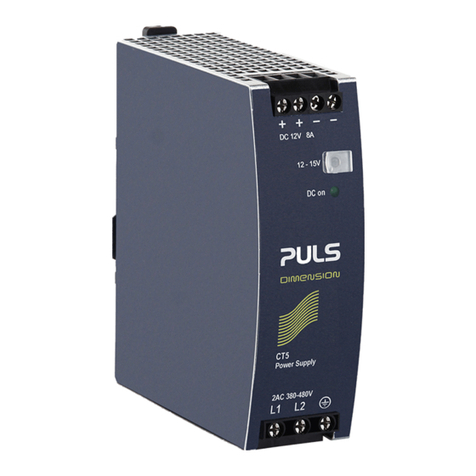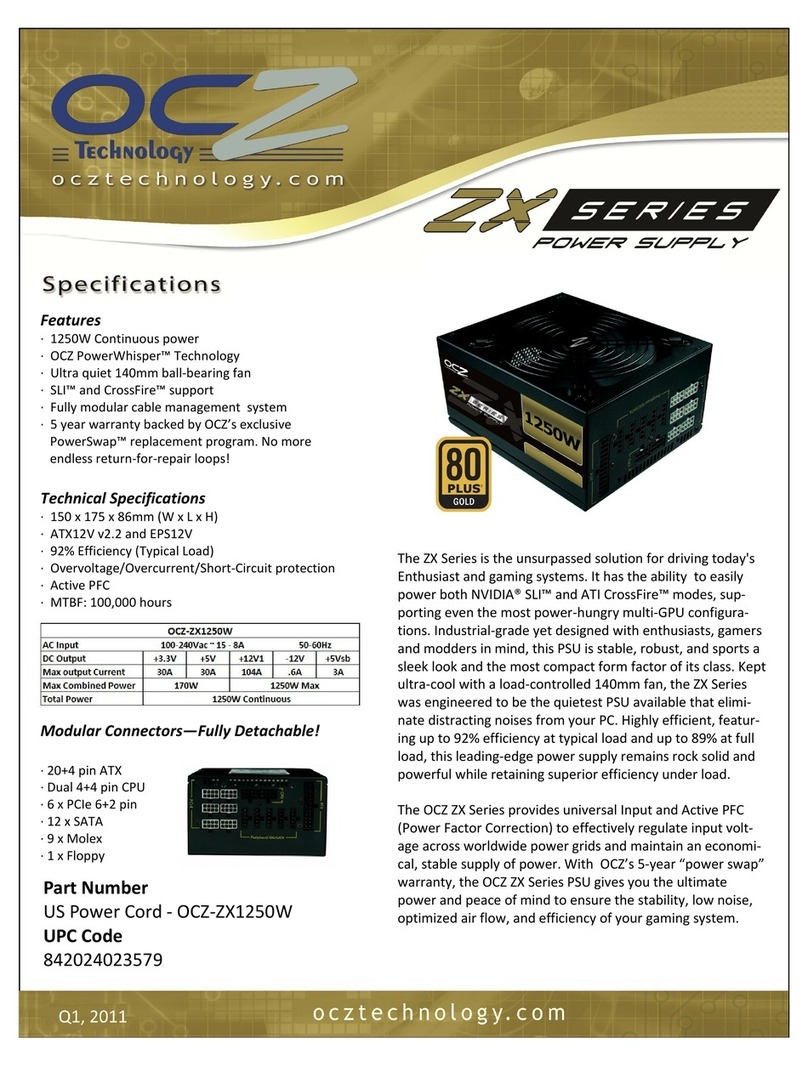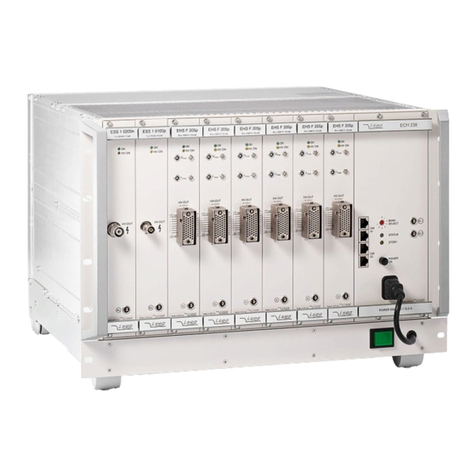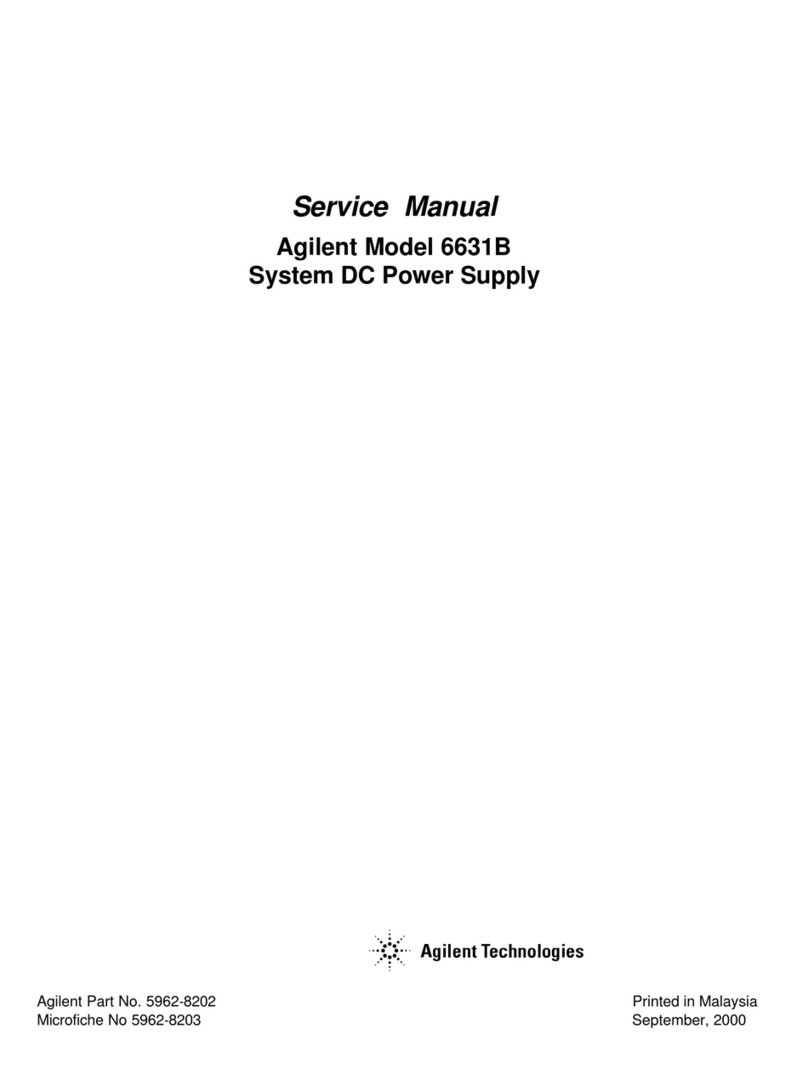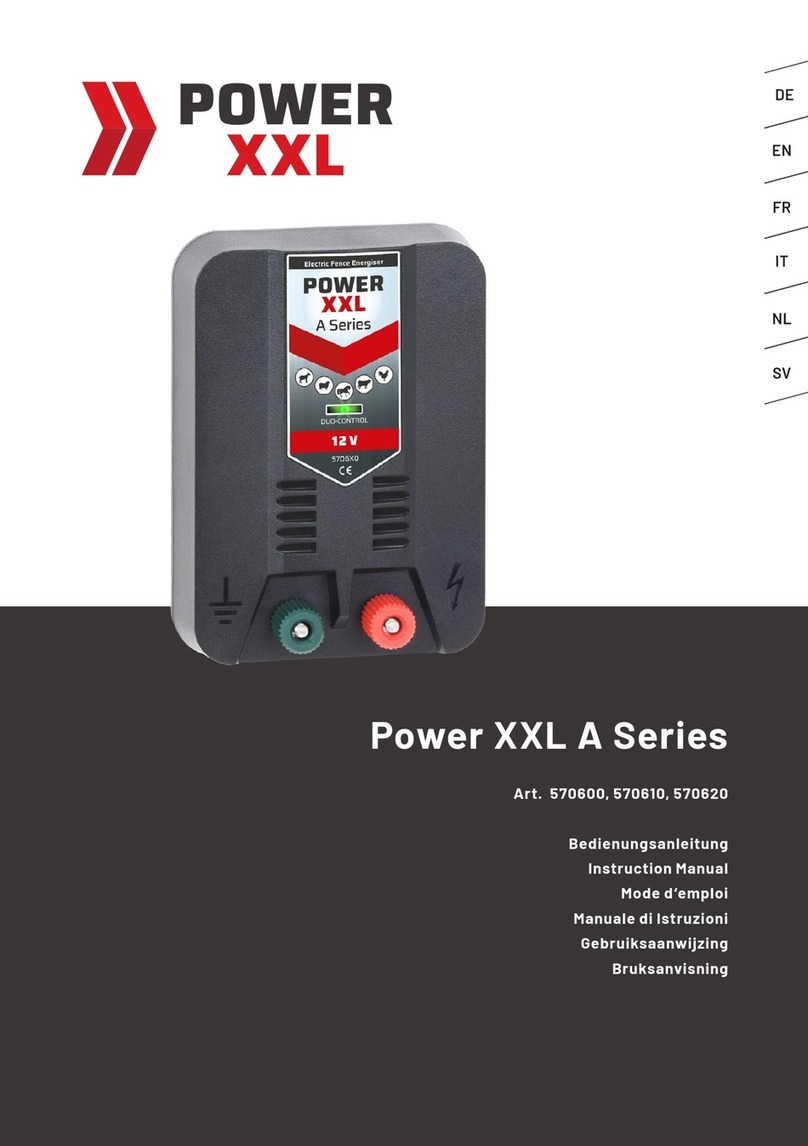
Design Guide 3
Contents
1Introduction .....................................................................................................8
1.1 Alternative Low Power Mode for Power Supplies..........................................8
1.2 References ............................................................................................8
1.3 Terminology ..........................................................................................9
2Processor Configurations..................................................................................11
2.1 Processor Configurations – Recommended ...............................................11
2.2 High End Desktop Market Processor Considerations ...................................12
2.2.1 Modular Power Supply Connectors .............................................12
2.2.2 Overclocking Recommendations ................................................13
3Electrical .......................................................................................................14
3.1 AC Input - Required..............................................................................14
3.1.1 Input Over Current Protection – Required ...................................14
3.1.2 Inrush Current – Required ........................................................14
3.1.3 Input Under Voltage – Required ................................................14
3.2 DC Output - Required ...........................................................................15
3.2.1 DC Voltage Regulation – Required..............................................15
3.2.2 DC Output Current – Required...................................................15
3.2.3 Remote Sensing - Recommended ..............................................16
3.2.4 Other Low Power System Requirements - Recommended ..............16
3.2.5 Output Ripple Noise - Required .................................................17
3.2.6 Capacitive Load – Recommended...............................................18
3.2.7 Closed Loop Stability - Required ................................................18
3.2.8 +5V DC / +3.3V DC Power Sequencing - Required ....................... 18
3.2.9 Voltage Hold-Up Time - Required...............................................19
3.2.10 12V2 DC Minimum Loading - Required........................................19
3.3 Timing, Housekeeping, and Control – Required .........................................20
3.3.1 PWR_OK – Required ................................................................21
3.3.2 Power-Up Cross Loading Condition – Required .............................21
3.3.3 PS_ON# – Required.................................................................22
3.3.4 +5VSB – Required...................................................................23
3.3.5 Power-On Time – Required .......................................................24
3.3.6 Rise Time – Required ...............................................................24
3.3.7 Overshoot at Turn-On/Turn-Off – Required .................................25
3.4 Reset After Shutdown ...........................................................................25
3.4.1 +5VSB at Power-Down – Required.............................................25
3.4.2 +5VSB Fall Time - Recommendation ..........................................26
3.5 Output Protection .................................................................................26
3.5.1 Over Voltage Protection (OVP) – Required...................................26
3.5.2 Short Circuit Protection (SCP) – Required ...................................27
3.5.3 No-Load Situation – Required....................................................27
3.5.4 Over Current Protection (OCP) – Required...................................27
3.5.5 Over Temperature Protection (OTP) – Required ...........................27
3.5.6 Output Bypass – Required ........................................................27
3.5.7 Separate Current Limit for 12V2 - Recommended.........................27
3.5.8 Overall Power Supply Efficiency Levels .......................................28
3.5.9 Power Supply Efficiency for Energy Regulations - Energy Star* and
CEC PC Computers with High Expandability Score - Recommended.28
